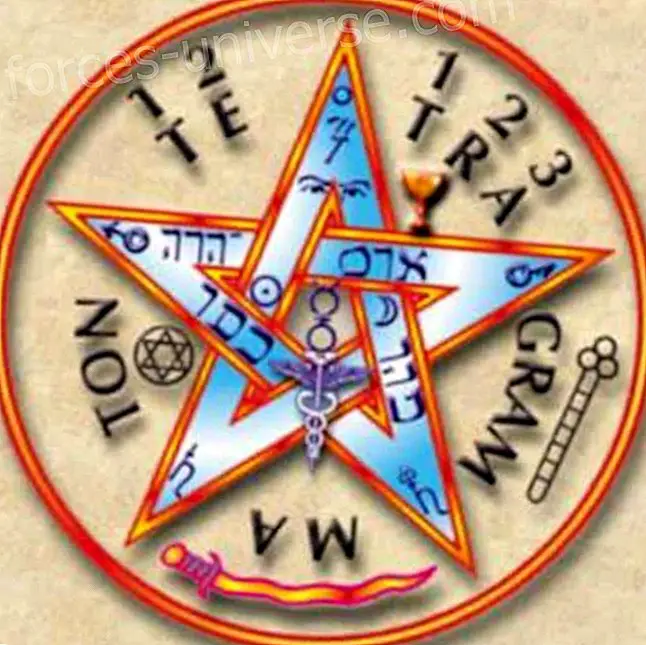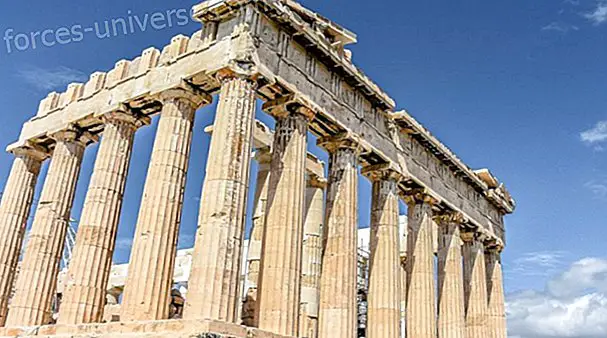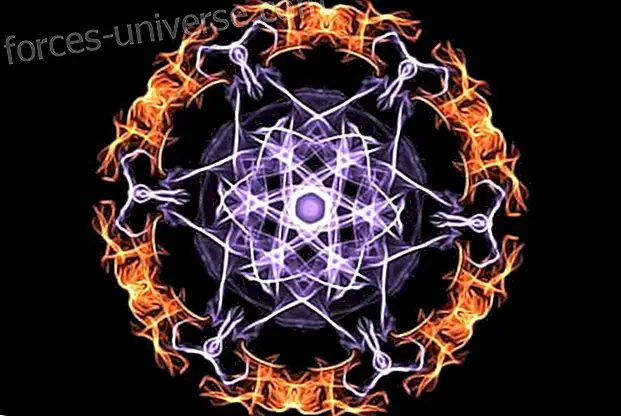The Hindu deity Ganesha, has a human form but with the head of an elephant, and represents the power of the Supreme Being that eliminates obstacles and ensures success in human efforts. For this reason, Hindus first worship Ganesha before beginning any religious, spiritual or mundane activity.
In Hindu mythology, Ganesha is the first child of Shiva and Parvati the Divine Mother. His second son is Lord Subramanya and his daughter is Jyoti.
As explained below, the image of the Hindu deity Ganesha is the mixture of human and animal parts that symbolizes the ideals of perfection as conceived by the Hindu sages and illustrates some philosophical concepts of deep spiritual significance.
The Hindu deity Ganesha and its spiritual meaning
- Elephant head, wide mouth and big ears
The great head of an elephant simulates the wisdom, understanding and discriminatory intellect that one must possess to achieve perfection in life.
The wide mouth represents the natural desire of the human being to enjoy life in the world. Big ears mean that a perfect person is the one who has a great capacity to listen to others and assimilate ideas.
- The trunk and two fangs with the broken left fang
There is no known human instrument that has a range of operation as wide as that of an elephant's trunk . A tree can be uprooted and, however, lift a needle out of the ground. Similarly, the human mind must be strong enough to cope with the ups and downs of the outside world and yet delicate enough to explore the subtle realms of the inner world.
The two fangs of the Hindu deity Ganesha denote the two aspects of human personality, wisdom and emotion. The right fang represents wisdom and the fang on the left represents emotion. The broken left fang conveys the idea that one must conquer emotions wisely to achieve perfection.
- Elephant eyes
It is said that elephant eyes have a natural deception that allows them to perceive larger objects than they really are. Thus, elephants' eyes symbolize the idea that even if an individual becomes "bigger and bigger" in wealth and wisdom, he should perceive that others are bigger than himself; That is, surrender pride and achieve humility.
- The four arms and various objects in the hands
The four arms indicate that the Lord is omnipresent and omnipotent . The left side of the body symbolizes the emotion and the right side symbolizes the reason . An ax in the upper left hand and a lotus flower on the upper right side means that in order to achieve spiritual perfection, one must cut worldly bonds and conquer emotions.
This allows one to live in the world without being affected by earthly temptations, just as a lotus remains in the water, but is not affected by it.
A tray of Laddus (a popular snack) near the Lord indicates that He grants wealth and prosperity to His devotees. The bottom right is shown in a pose of blessing, which means that Ganesha always blesses His devotees.
- A human body with a big belly
The human body possesses a human heart, which is a symbol of goodness and compassion towards all. The body of the Hindu deity Ganesha generally describes the use of red and yellow clothes. Yellow symbolizes purity, peace and truthfulness. Red symbolizes activity in the world.
These are the qualities of a perfect person who transforms all rights in the world, with purity, peace and truthfulness . The big belly means that a perfect individual must have a great capacity to face all the pleasant and unpleasant experiences of the world.
- A mouse sits near Ganesha's feet and looking at Laddus's tray
A mouse symbolizes the ego that can nibble on everything that is good and noble in a person. The mouse sits near Ganesha's feet, and indicates that a perfect person is one who has conquered his (or her) ego.
A mouse looking at the Laddus, but not eating, denotes that a purified or controlled ego can live in the world without being affected by the temptations of the world. The mouse is also the vehicle of the Hindu deity Ganesha, which means that ego must be controlled in order for wisdom to shine.
- Right foot hanging from the foot on the left foot
As stated, the left side of the body symbolizes emotion and the right side symbolizes reason and knowledge . The right foot hanging on the left foot that illustrates the purpose of living a successful life should use knowledge and reason to overcome emotions.






